The Cognitive Athlete: Progressive Overload
The brain, much like muscles, thrives when exposed to escalating load. This is where the essence of Progressive Overload in cognitive training becomes evident.
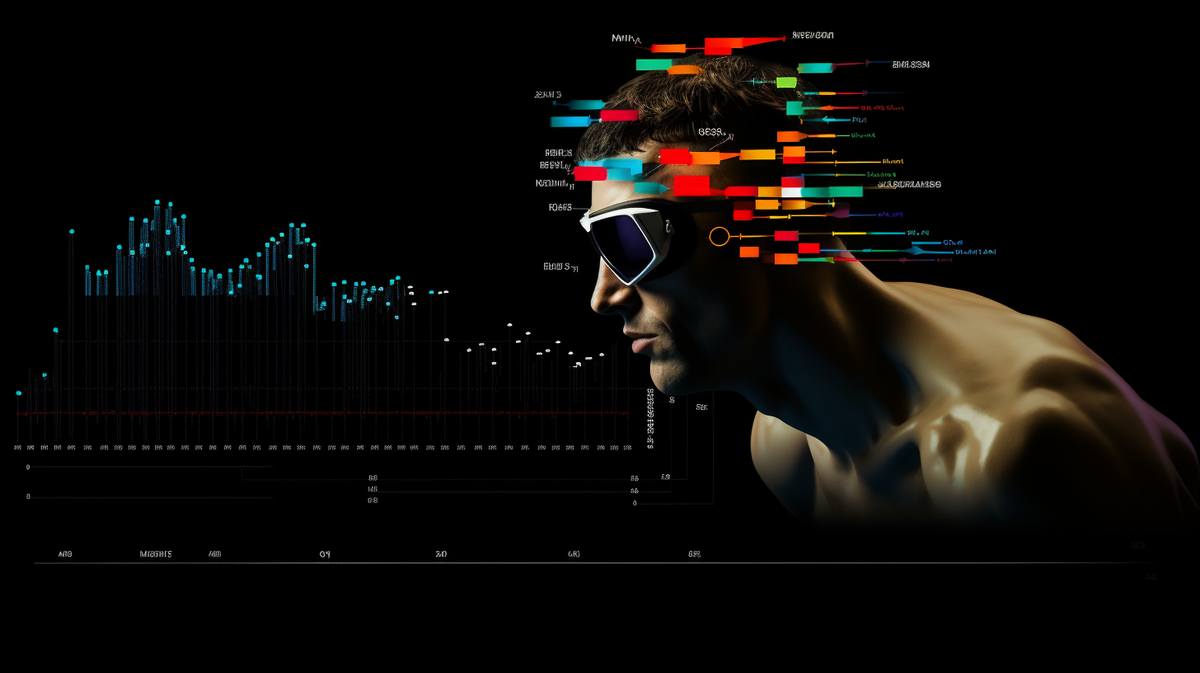
Central to cognitive enhancement is the principle of Progressive Overload, a concept widely recognized in physical training. While traditionally linked to the gradual increase of weights in resistance exercises, its application in cognitive training emphasizes a consistent escalation of cognitive load to create adapatations in the brain.
The Science of Escalating Cognitive Load
For sustained cognitive growth, merely repeating the same tasks isn’t sufficient. The brain, much like muscles, thrives when exposed to escalating load. This is where the essence of Progressive Overload in cognitive training becomes evident. By consistently increasing the cognitive load, we ensure that the brain is always working slightly beyond its current capacity, which in turn stimulates adaptation and growth.
However, it’s crucial to understand that the objective isn’t merely to increase load. The goal is strategic progression. If the cognitive load remains static, week after week, the brain plateaus, leading to stagnant performance. On the flip side, overloading the brain without ensuring adequate recovery can lead to burnout, diminishing both motivation and performance.
This brings forth an essential aspect of cognitive training: balance. It’s a dance between pushing the boundaries and allowing sufficient recovery time. Just as an athlete wouldn’t lift their maximum weight every single day without rest, similarly, in cognitive training, there’s a rhythm to increasing load and ensuring recovery.
Here are three methods to achieve progressive overload, allowing you to increase the overall load each week. You can choose to use one method or combine multiple methods for optimal results
Intensity: Progressive Overload emphasizes the importance of consistently amplifying the challenge faced by the brain. As illustrated, the task intensity starts at 70% in the first week. With each subsequent week, it experiences a 10% increment, culminating at 100% by week 4. This progression ensures the cognitive tasks become incrementally more demanding, pushing athletes to constantly evolve and adapt.
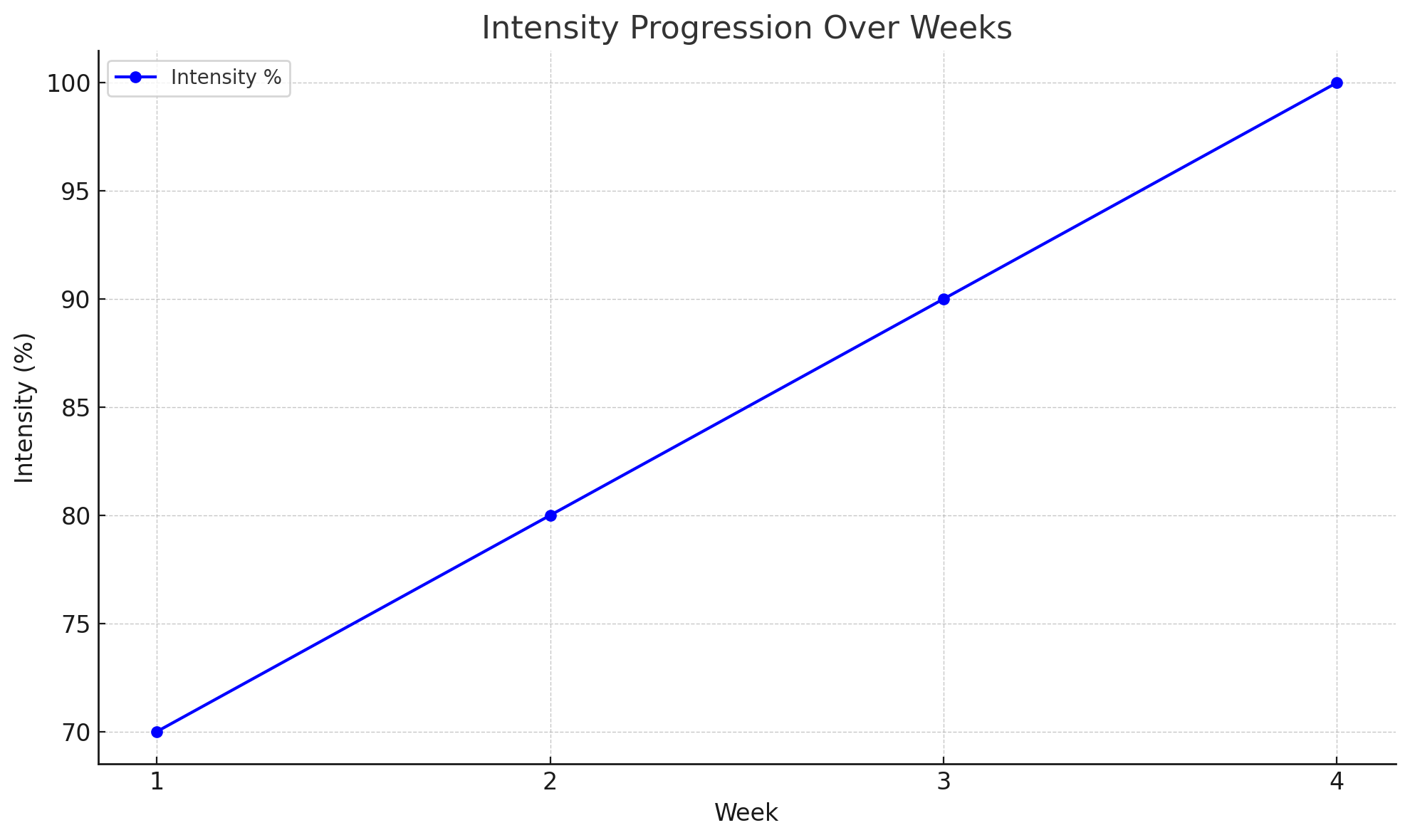
Session Duration: Duration plays a pivotal role in cognitive endurance. As displayed, the session begins at a baseline of 20 minutes in week 1. With each passing week, there's an augmentation of 5 minutes, reaching 35 minutes by the fourth week. This deliberate increase compels the brain to maintain its performance levels over longer periods, simulating the prolonged focus and concentration required in sports.
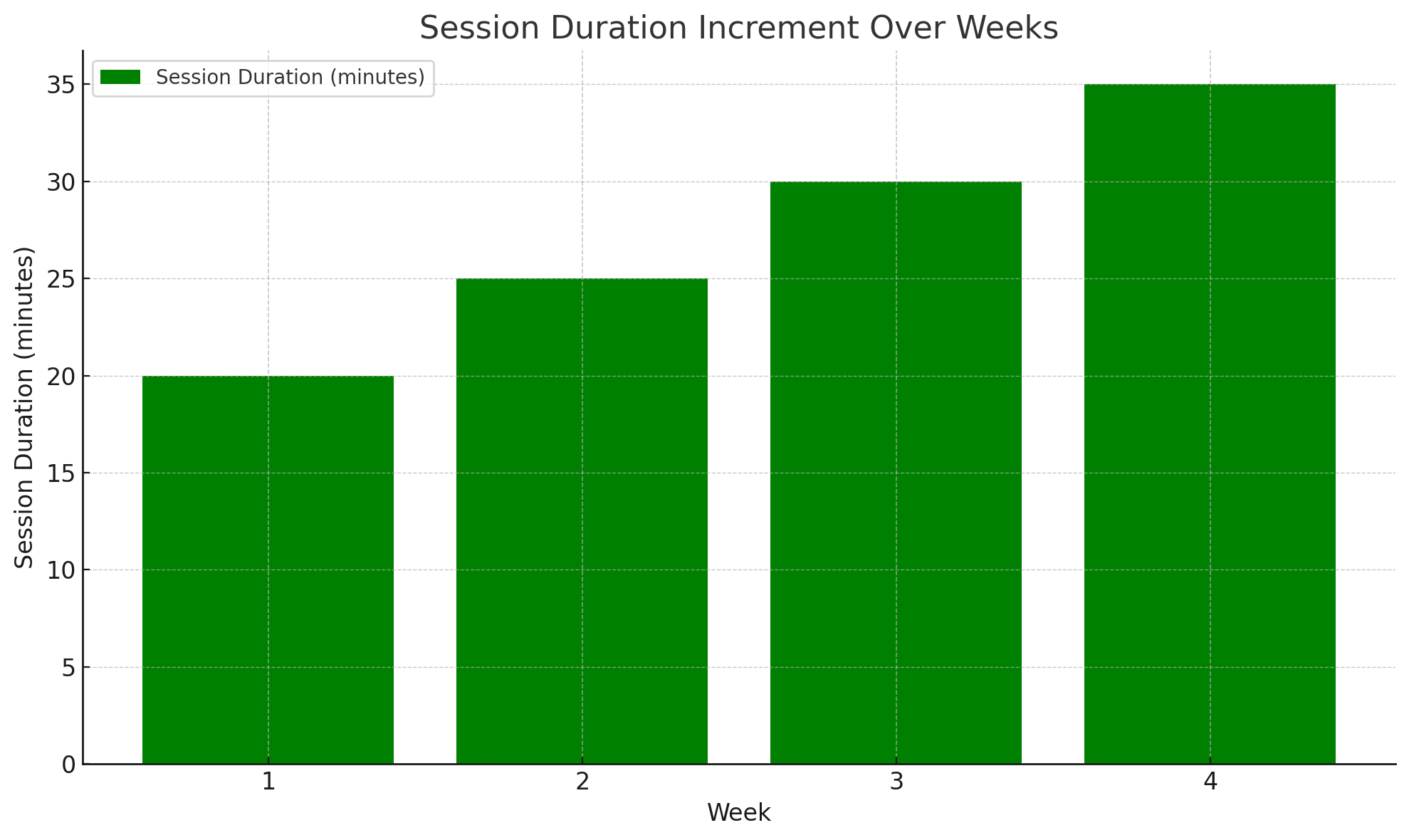
Frequency: Frequency is a testament to both the brain's adaptability and its recovery capacity. The chart begins with a foundation of 2 sessions in the initial week. However, the rhythm intensifies, adding one session each week, culminating in 5 sessions by week 4. This progression underscores the brain's capacity to handle more frequent challenges, further fortifying its adaptability and resilience.
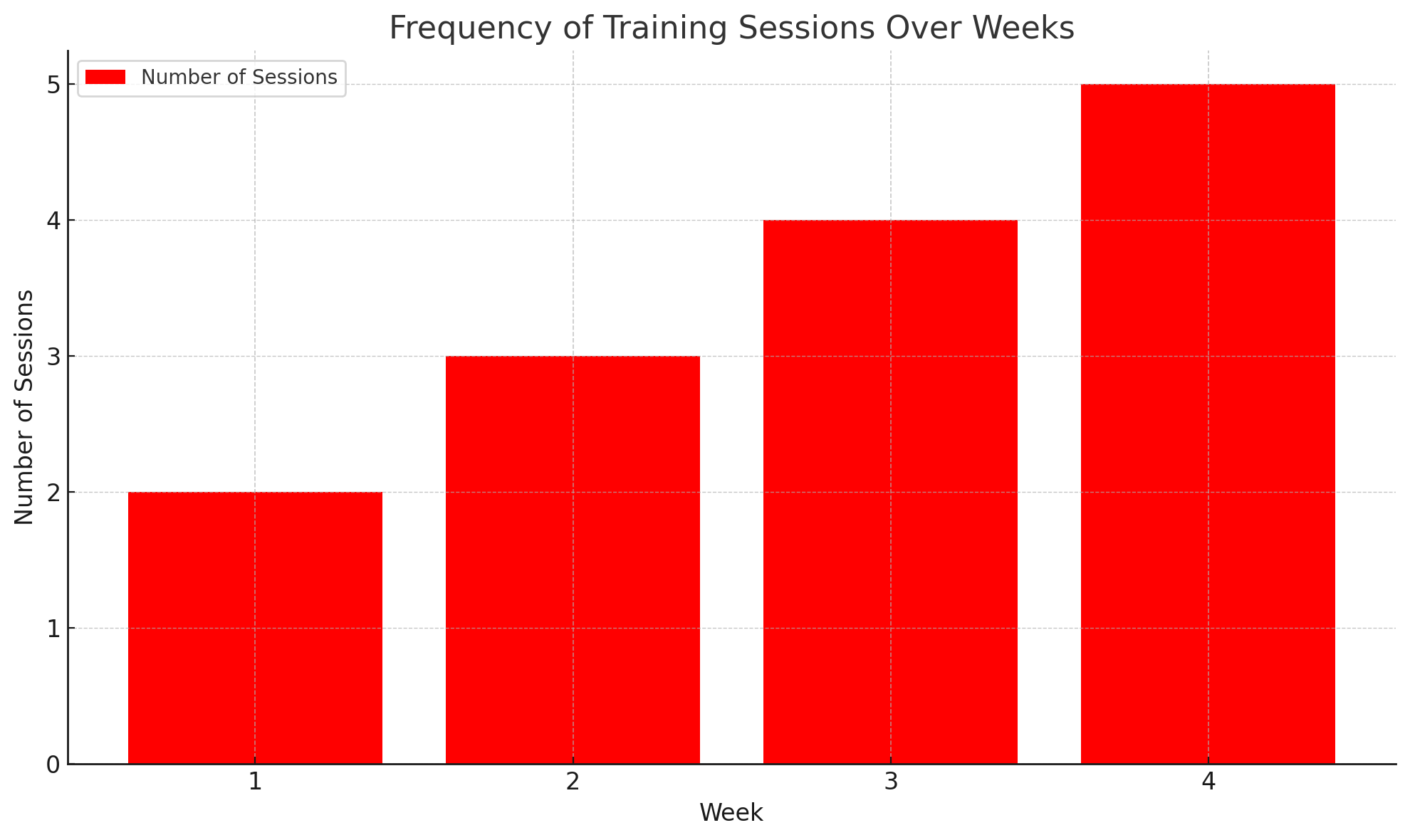
Managing Mental Fatigue: The Role of the PVT-B Test
Cognitive training is not just about increasing the load; it's equally vital to monitor the repercussions of this intensified training on the athlete's mental state. Enter the PVT-B test—a crucial tool to assess and manage mental fatigue.
Gauging Mental States with PVT-B:
By administering the PVT-B test both pre and post-training sessions, we can derive crucial insights into the athlete's level of mental fatigue. This feedback facilitates real-time adjustments to the cognitive training intensity, ensuring that the athlete is neither under-stimulated nor pushed to the brink of burnout.
- The blue line delineates the consistent pre-training reaction time over the 10 days, signifying the athlete's mental state at the onset of each session.
- The dashed red line tracks the post-training reaction times, which vary depending on the cognitive load exerted during each session.
This visualization reinforces the idea that the PVT-B test, when administered both pre and post-training, offers a clear insight into the athlete's level of mental fatigue. Such data is invaluable for making real-time adjustments to the cognitive training intensity.
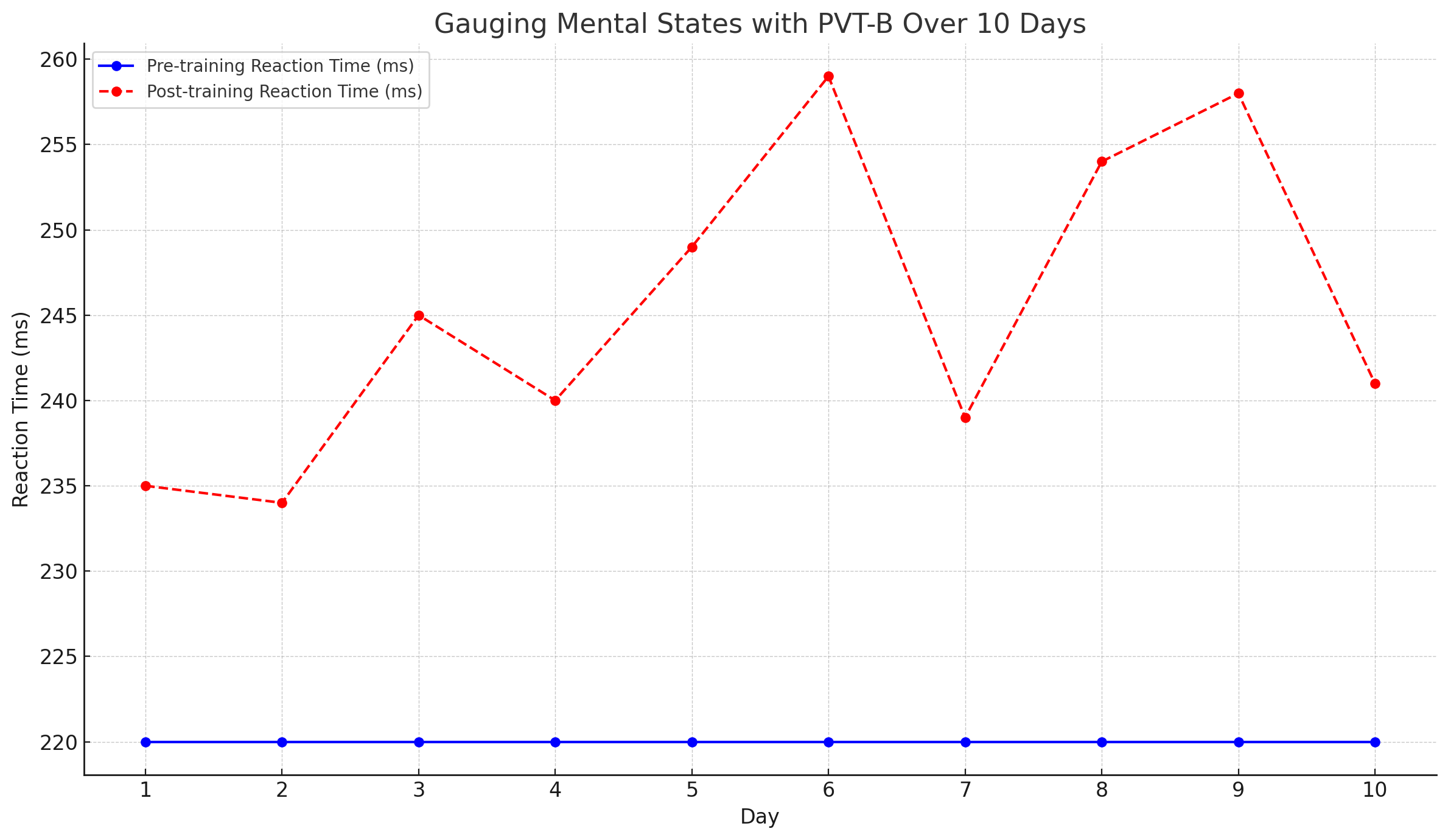
Decoding the PVT-B Metrics:
Interpreting PVT-B results is a nuanced process. Indicators such as prolonged reaction times, heightened variability in responses, or an uptick in lapses (specifically reactions surpassing 355ms) signify burgeoning mental fatigue. By vigilantly monitoring these markers, we can calibrate the cognitive training load, striking a perfect balance between challenge and overexertion.
- The blue line illustrates the variability in reaction times post-training over the 10 days. Reaction time variability serves as an indication of an athlete's consistency in responding to cognitive challenges.
- The red line maps out the number of lapses observed during each session. Lapses, especially those exceeding 355ms, act as a direct indicator of mental fatigue.
- Together, these metrics offer a comprehensive view of the cognitive strain experienced by an athlete during each session. By closely monitoring such indicators, coaches can tailor the cognitive training load to ensure optimal challenge without pushing the athlete into excessive fatigue.
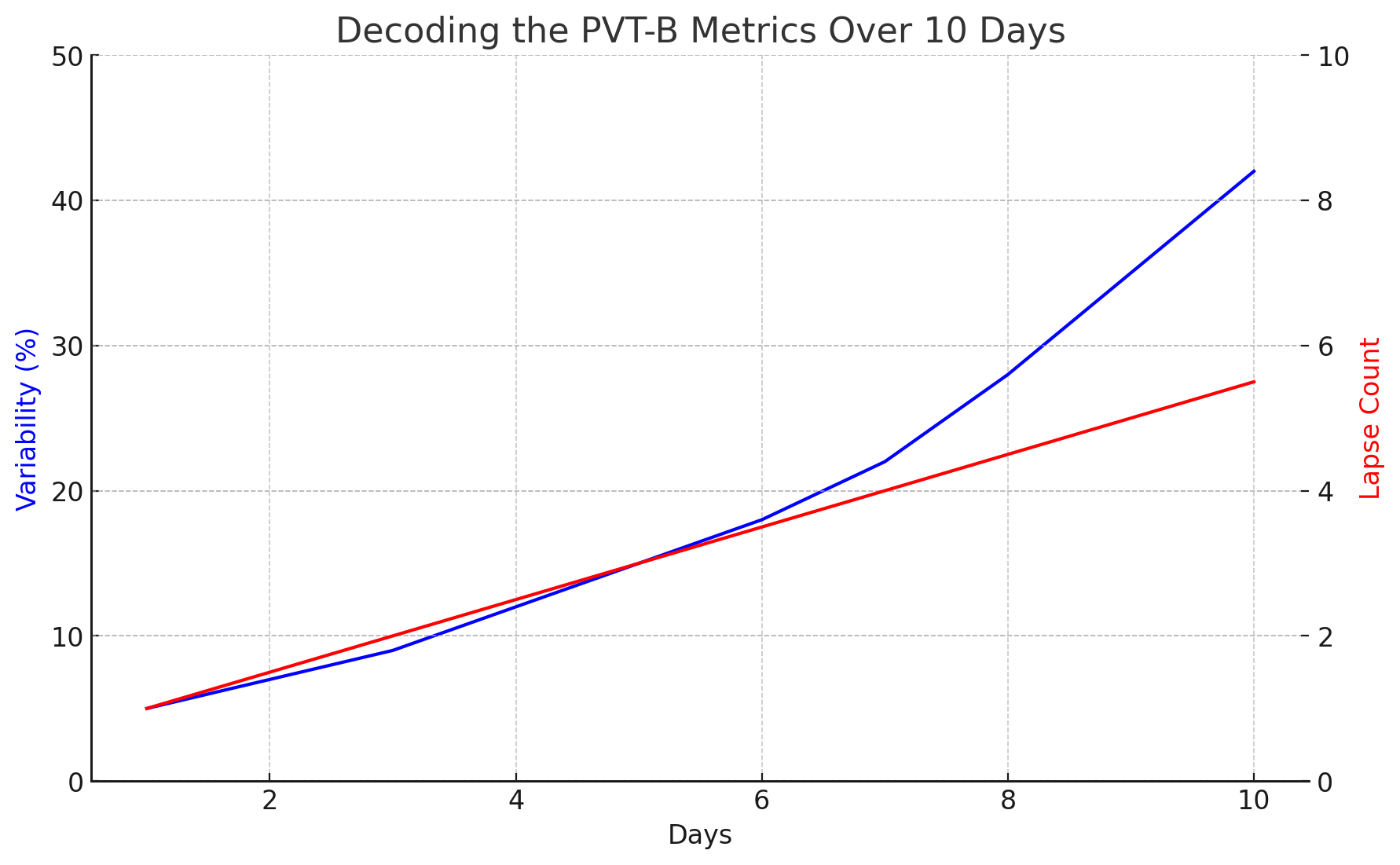
Striking the Right Balance:
The feedback derived from the PVT-B test is pivotal in assessing the cognitive load's impact on athletes. A noticeable surge in lapses or dwindling reaction speeds post-training accentuates the session's efficacy in taxing the athlete's cognitive faculties—provided there's a structured recovery plan in place.
- The blue line tracks the post-session reaction times across the 10 days, highlighting the changes in cognitive speed post-training.
- The red line quantifies the increase in lapses during each session. An uptick in lapses post-training can be a marker for the cognitive load's impact on the athlete.
The divergence between pre-session and post-session metrics, such as reaction times and lapses, illuminates the strain exerted on the athlete's brain during each session. It underscores the importance of balancing cognitive challenges with structured recovery to ensure sustained growth and prevent burnout.
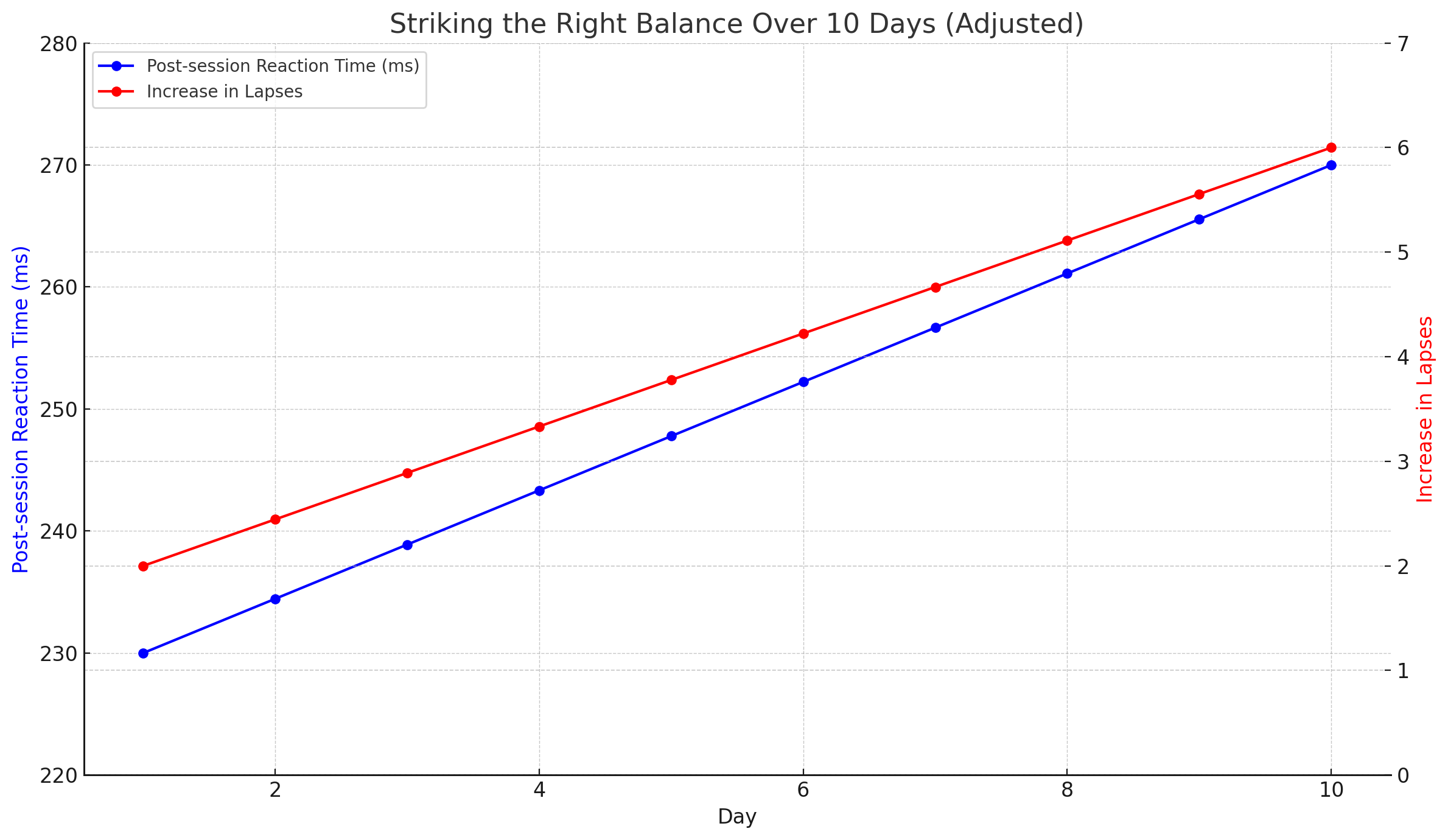
The principle of Progressive Overload, while rooted in physical training, has found its rightful place in cognitive training. As we've explored, it's not merely about increasing the cognitive load; it's about a strategic and balanced escalation. This approach ensures that athletes' brains are consistently challenged, facilitating growth and adaptability. But, as with all training, balance is paramount. The tools, such as the PVT-B test, provide an objective measure to gauge the effectiveness of the training and to ensure that we're pushing boundaries without overstepping. As coaches and athletes, embracing these principles and methodologies ensures that we're not just training harder, but smarter, paving the way for peak performance both on and off the field.
🌐 Connect With Us
🌍 Soma Technologies: Engineered to enhance human performance.
📸 Instagram: Dive into our world through exclusive photos and stories.
👥 Facebook: Join our community for the latest updates and discussions.
📈 LinkedIn: Connect with us professionally and stay informed about industry news.
🎥 YouTube: Watch our latest videos, tutorials.
🐦 X: Follow us for instant updates, news, and engaging tweets.
